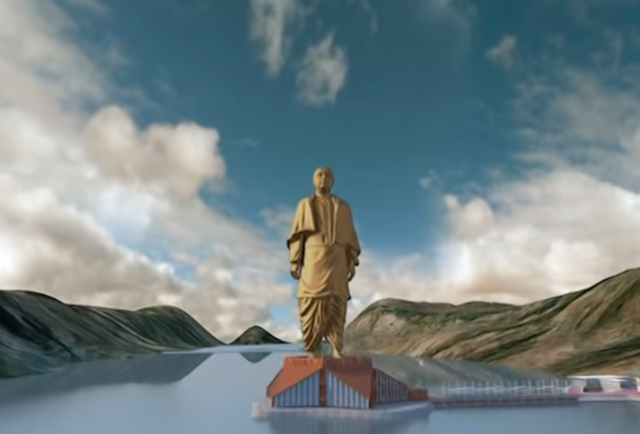The idea that “doing nothing” is a skill to be learned might seem bewildering at first. Surely it’s just a question of stopping doing anything else? Yet that’s far easier said than done. It’s long been recognised – by everyone from the Buddha to John Keats – that “doing” can be a kind of compulsion, an addiction we only fail to acknowledge as such because society praises us for it. Indeed, learning how to do nothing might be the most vital skill for thriving in our frenetic, overwhelmed, always-connected culture. Here are five key reasons why:
1. “Doing nothing” isn’t really doing nothing
Assuming you’re not dead, you’re always doing something – even if you’re just savouring the pleasures of idleness. (To psychologists, such savouring is far from passive: it’s a learnable set of skills for relishing the moment, for example, by focusing on each of your senses in turn.) But what’s usually meant by “doing nothing” is doing nothing useful.
The problem is that “useful” gets defined in ways that don’t always serve our interests. Working harder to earn more to buy more stuff is useful for the people selling the stuff – but not necessarily for you. And usefulness is intrinsically future-oriented: it yanks you from the present, making savouring impossible. So perhaps “doing nothing” is synonymous with feeling alive.
2. Aimlessness, rest and even boredom can boost creativity
There’s good reason why so many celebrated authors and artists incorporate long walks in their daily routines. One is the well-studied “incubation effect”: ceasing to focus on a project seems to give your unconscious permission to get to work.
(In one study, people who knew they’d be returning to a creative-thinking task after a break did much better at it when they resumed, unlike those who weren’t expecting to return to the task – suggesting that it was unconscious processing, not simply taking a rest, that made the difference.)
Other studies looking at boredom (in one, participants were made to copy numbers from a phone book) suggest it motivates people to find interesting ways to alleviate it – thereby triggering creative ideas. Meanwhile, aimless thinking combats the tunnel vision that can result from fixating on goals. When you’ve no end in mind, you’re less likely to exclude new ideas as irrelevant.
3. Too much busyness is counterproductive
We chronically confuse effort with effectiveness: a day spent on trifling tasks feels exhausting and virtuous, so we assume – often wrongly – it must have been useful. Worse, writes the Dutch work expert Manfred Kets de Vries, busyness “can be a very effective defence mechanism for warding off disturbing thoughts and feelings”. It’s when doing nothing that we finally confront what matters.
4. The brain depends on downtime
Ever since the industrial revolution, we’ve treated humans like machines, assuming that the way to get more done is to push ourselves, or others, to keep going for longer. But neuroscientists are increasingly finding that our brains depend on downtime – not just for recharging batteries, but to process that data we’re deluged with, to consolidate memory and reinforce learning, by strengthening the neural pathways that make such feats possible.
In one 2009 study, brain imaging suggested that people faced with a strange task – controlling a computer joystick that didn’t obey the usual rules – were actively coming to grips with learning this new skill during seemingly passive rest periods.
5. You’ll regain control of your attention
Don’t expect doing nothing to feel easy at first: resisting the urge to do things takes willpower. In Buddhism, according to the meditation instructor Susan Piver, “busyness is seen as a form of laziness” – it’s a failure to withhold your attention from whatever random email, task or webpage lays claim to it.
The challenge has never been harder: the modern economy, especially online, is a battle for your attention. But the good news is that learning to do nothing will help you retake control of your attention at other times, too. One trick: schedule “do nothing” time, like you’d schedule tasks. Just don’t expect others to understand when you decline some social event on the grounds that you’re busy not being busy
 Image copyrightDEEPTI ASTHANA
Image copyrightDEEPTI ASTHANA













